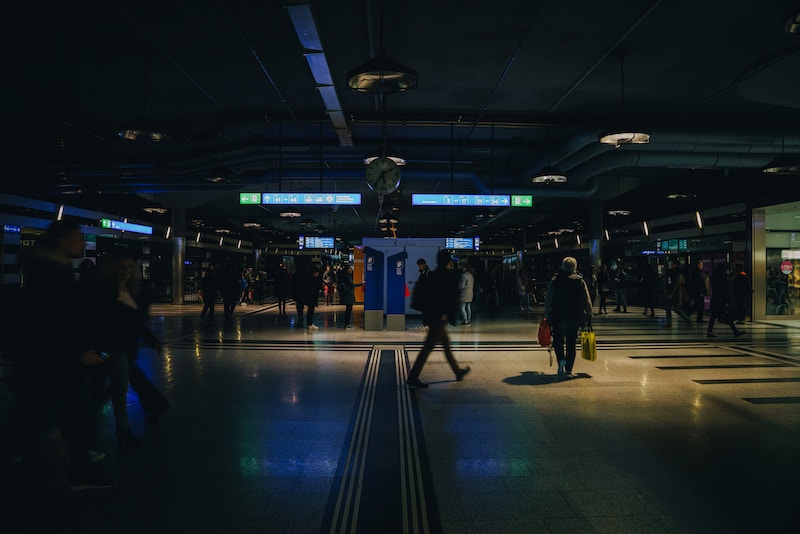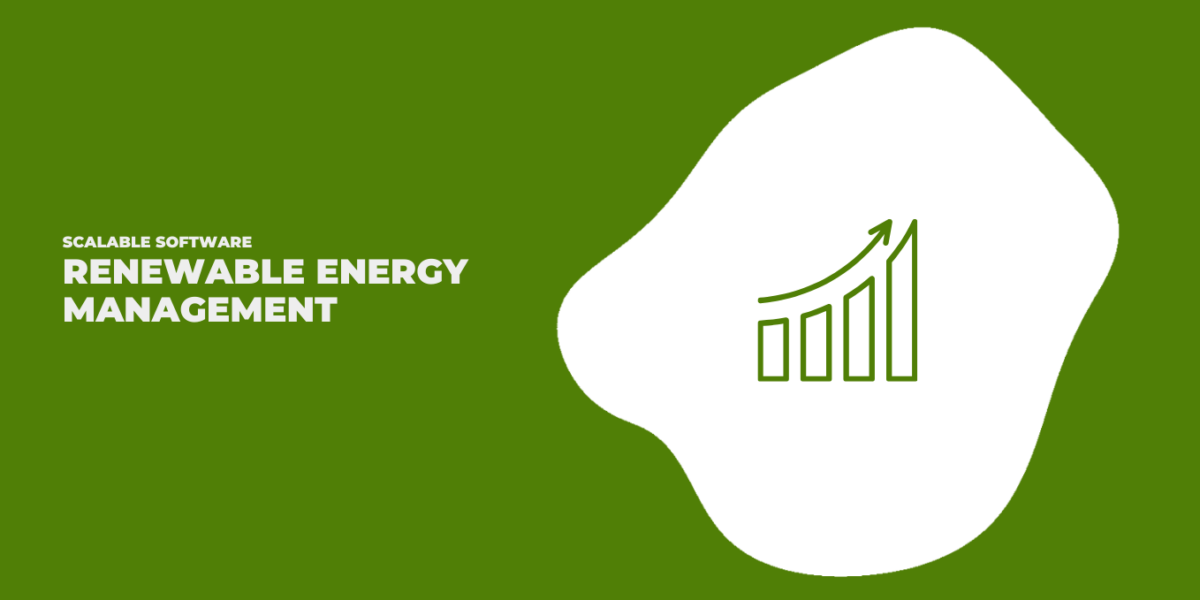Wind Asset Management
Every time there’s an outage on a wind facility, I can hear the clink of dollars falling out of a project owner’s pockets. Downtime really matters. So let’s dig deeper into why wind projects have trouble hitting production targets, and how to use good wind asset management practices to avoid the outages that get in the way.
We’ve written about the complications of wind asset management before, all with the goal of helping clients hit production targets, avoid wind outages, and ultimately, keep investing in wind energy. Wind, after all, is on average the most efficient fuel for electricity in the United States.
Why Wind Outages Happen
Broadly speaking, there are two main reasons why you’d have an outage on a wind farm. The first is weather.
Simply put, you won’t be producing any energy if there’s not much wind, or too much. Each wind turbine has a cut-in speed – the minimum wind speed needed to get the turbine moving – and, perhaps counterintuitively, a cut-out speed—when the wind is actually too strong, for technical and safety considerations, for the turbine to operate.
In terms of a cut-in speed, the concept is pretty obvious: if there isn’t enough wind, there simply won’t be enough force on a turbine to get its blades moving. Energy won’t be produced. A cut-out speed is a bit more complicated. Normally, the turbine’s blades will be perpendicular to the flow of wind.
This is so they catch the wind, turn faster, and produce more power. But when winds are excessively strong, a turbine will feather its blades to be parallel to the wind, thereby catching little or no wind. Feathering is critical, for technical and safety reasons. Without it, strong gusts of wind could damage the machine. Or, in a nightmare scenario, tear off the (heavy and dangerous) blade.
A weather-related outage will last as long as the wind conditions prevent the operation of turbines.
The second reason that there might be an outage on a farm is due to technical issues. If there are problems with the transformers or any other piece of critical equipment, a part of a wind farm, or even the entire firm, will go offline for a period of time.
Sometimes this sort of outage will be fairly short, but in some instances, it could last weeks or even months, until the technical challenge is remedied.
It’s important to note that I’m not including “planned” outages, which can happen due to environmental curtailment, periods of maintenance, or market/regulatory reasons (for example, if the grid is in a period of oversupply, and the utility tells you to turn off the equipment in order to not overcharge the grid).
I don’t include these examples because they’re not “outages,” per se. They’re foreseeable or contractually designed.
To a certain extent, an outage due to technical issues is well within your team’s ability to anticipate and mitigate.
Mitigating Outage Risk
So how do wind asset managers work towards mitigating the risks of these less predictable scenarios? What can you actively do to avoid outages on your wind projects, and stay on track to hitting production targets?
From my experience, the secret to success is a three-pronged, proactive strategy:
- Collect and study massive amounts of data about the location of your wind farm;
- Optimize equipment and design based on your data; and
- Minimize the impact of outages through an effective preventative maintenance program.
Let’s go into each of these strategies in a bit more depth:
Collect and study massive amounts of data about the location of your wind farm
Project developers and owners have to accumulate and study data for months or even years to understand fully how a project will perform year-round.
Often, what they actually do is race to collect small data sets, make sure there are no immediate red flags, and start building. In these situations, there might very well not be enough data available to inform the decision. As counterintuitive as it might seem, slowing the process down and focusing on data collection could save your team a lot of time and money in the future.
The more data, the more likely you are to site your wind farm appropriately, and that, in turn, means that you’ll have fewer technical or weather-related outages, allowing you to hit your performance targets.
Optimize equipment and project design based on your data
Once you have your site data collected, it’s essential that you use that data to optimize the design and equipment of the farm.
You have to understand the profile of wind in your area, and make sure that you deploy the ideal technology for that location.
Seems obvious enough…but it’s not done as often as you may think. Project owners tend to consider: 1) which wind turbine will produce the most energy, and 2) the price of that turbine. But they don’t always take other – very important – considerations into account.
Experienced project owners will know that yield curves and turbine pricing sheets don’t paint the full picture. Considerations around maintenance and outages will potentially have a bigger impact on the economics of the project. Of course, a turbine with high energy production and low cost puts a project owner in a good position, but that turbine is doing no good if it’s too often offline because of technical or weather-related outages.
It’s true that a certain turbine might be cheaper when it’s purchased, but it also might lead to significantly more project downtime, which, in the long run costs the project owner more money overall than they saved up front. Experienced project owners will think holistically, making decisions based on up-front and long-term costs.
I don’t think I’m surprising anyone when I say that optimizing your overall site design and layout with everything that will need to happen there in the future in mind is important.
In short, don’t rush it. Make a thoughtful decision, for the “now” and the “later”.
Minimize the impact of outages through maintenance
Once a wind project is operational, the best and most impactful way to avoid outages and hit production targets is through preventative maintenance.
If you’ve been following us for any length of time, you might have come across some of the articles we’ve written on how good operations and maintenance helps insulate you against risk, and support the long-term health of your bottom line.
The gist of the matter is this: understand your site and your equipment well enough to anticipate issues and address them before they implode. Make the right development, procurement, and repowering decisions so that your project looks as good in terms of long term operations as it looks on your project pro forma.
The right decisions will help you stay clear of outages and keep your projects humming along. That’s just good sense.




